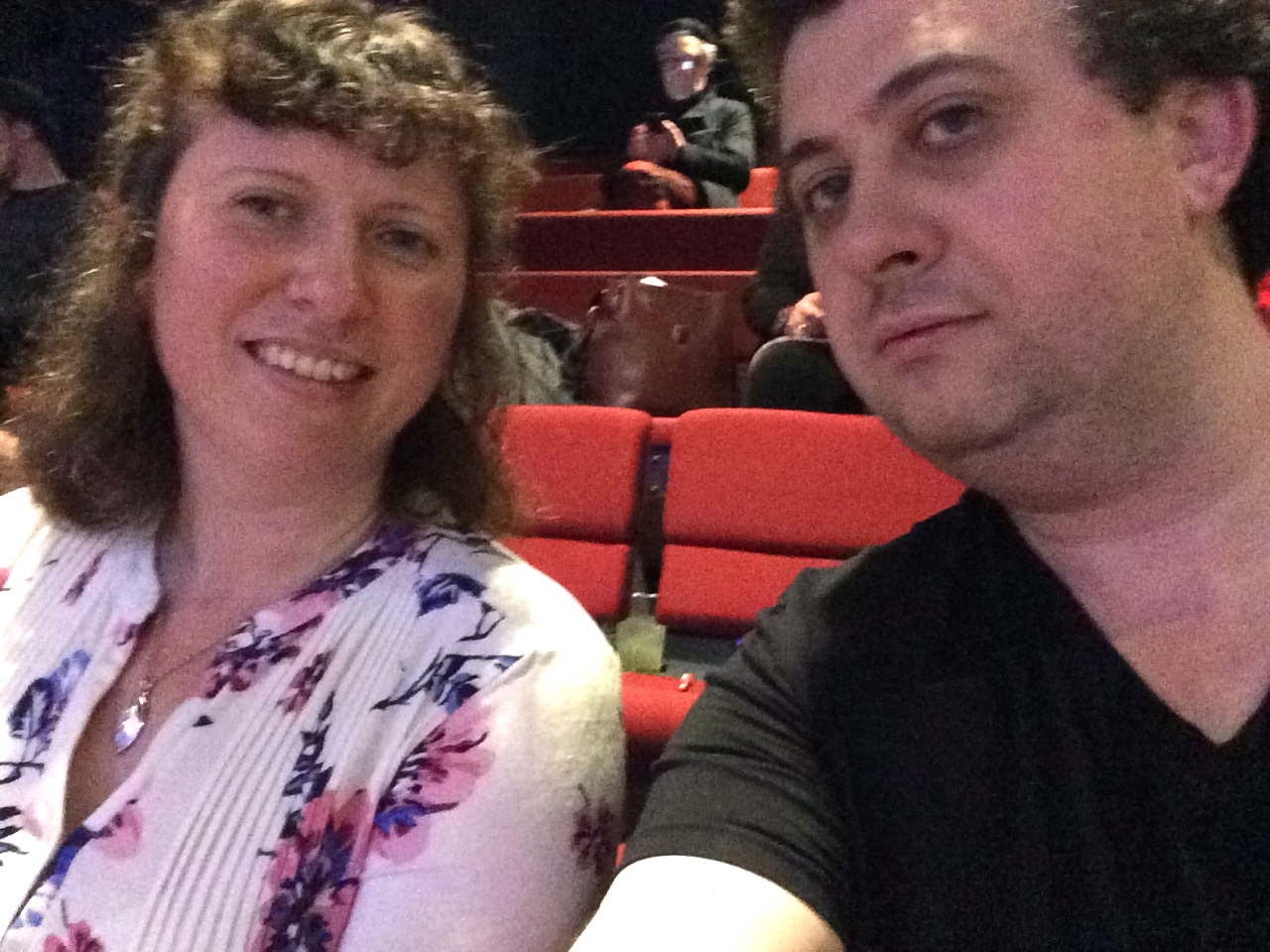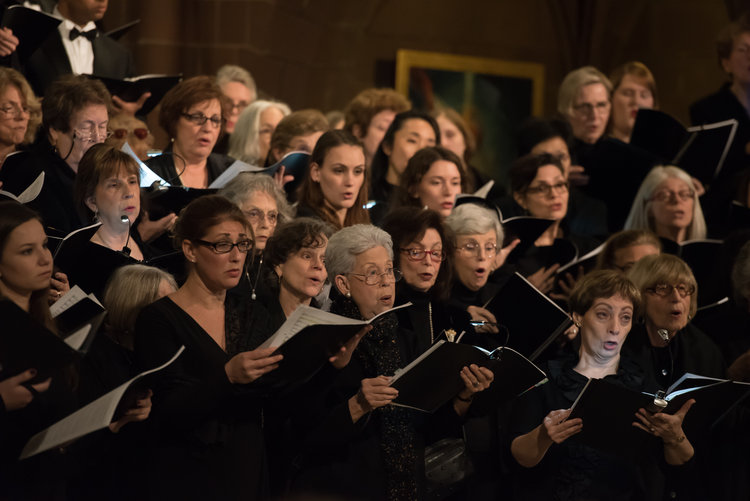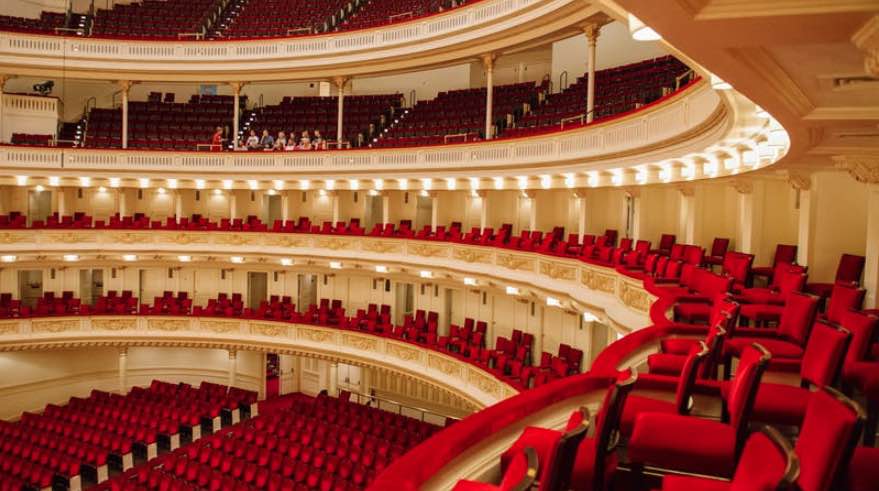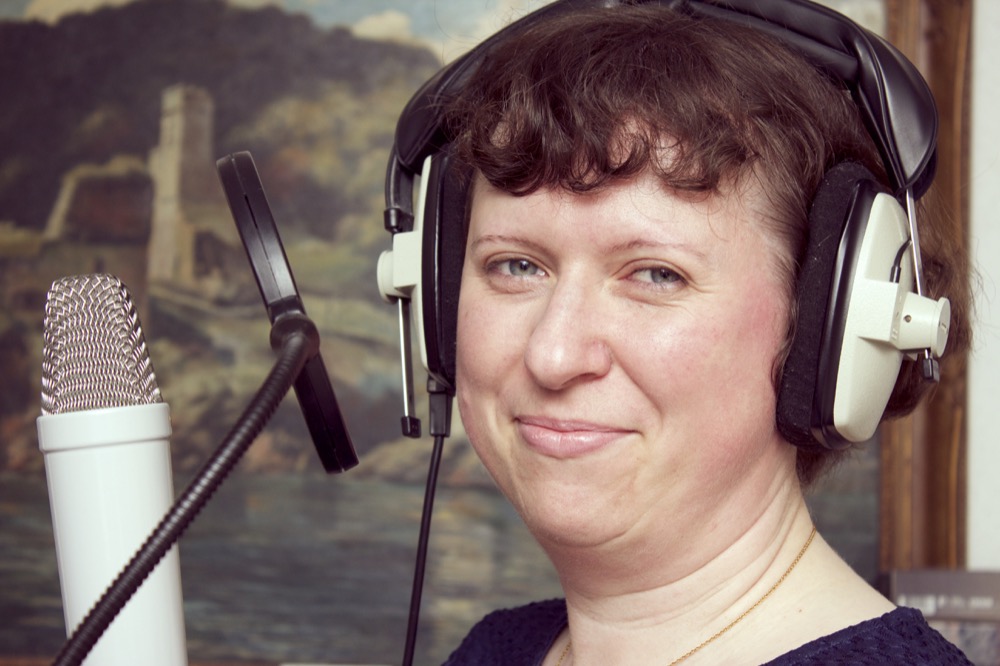One of the attractions of monody is the clarity and force of statement possible in a single line of tune. If you have an ensemble or an orchestra, you can be vague and ambiguous in your harmony and clutter up the theme with counter-melodies. That may be required in a composition. But it can also be accidental and come about through not really having a strong idea of what the piece of supposed to say and how.
Monody is not so forgiving. It requires precise ideas, executed directly and efficiently.
This has had an effect on my non-monodic compositions because it encourages economy of ideas. I consider the source material (logo sting, branding, video edit, animation, script) and talk to the director. I usually have an immediate musical idea, which I develop vocally. Singing an idea is an excellent way of finding the natural curve of the tune, balancing the flow and keeping harmonic changes marked in the composition of the melody. By singing the idea until it runs smoothly and has grown memorable enough for me not to forget, I approach a compositional commission with the main idea fixed. Then, even if the texture of the piece is layered and polyphonic, built up with synthesisers and a drum track, or washed over with luscious string harmonies, I have a central idea, which I can weave in and out.
Orchestration and arrangement should both be taught, but it is a shame that monody is not, because monody shows that a strong idea can be orchestrated, whereas orchestration teaches us to make a sound, even if we have nothing worthwhile to say.
With the benefit of hindsight, some of my pre-university compositions were often written in this way. I can clearly recall spending a morning in front of a computer, trying to compose dynamic title music depicting a desperate horse ride over wild country in the north of England. I had wasted hours tootling on the keyboard, trying to orchestrate without a theme, and I had produced nothing. But when I was washing up lunch pots and not thinking about music:
Du-du-du.
de-de- Du-du-du.
I had a rhythm. I whistled it through my teeth, for it had no tones. I kept whistling.
Du-du-du.
de-de- Du-du-du.
de-de-Du-du-du-Du-du-du-Du-du-du-Du-du-du ...
So it went on. And as I whistled the rhythm, the appropriate tones fell onto the notes, as a cascading melody, struggling up hill, across rivers, rushing into valleys, darting in and out of trees. I went upstairs with an entire idea. Over the next 2 hours I composed the work with full orchestration and this was the composition:








